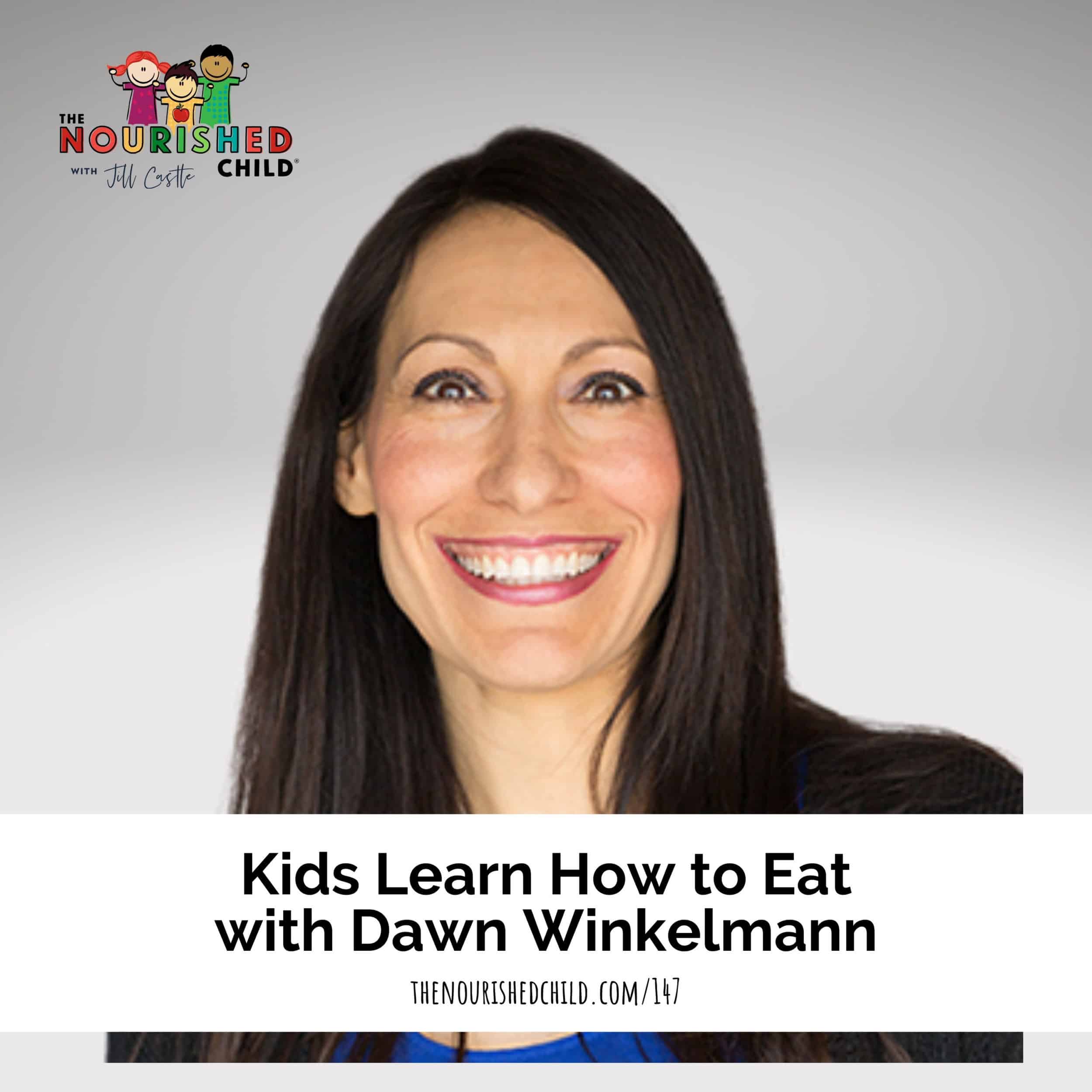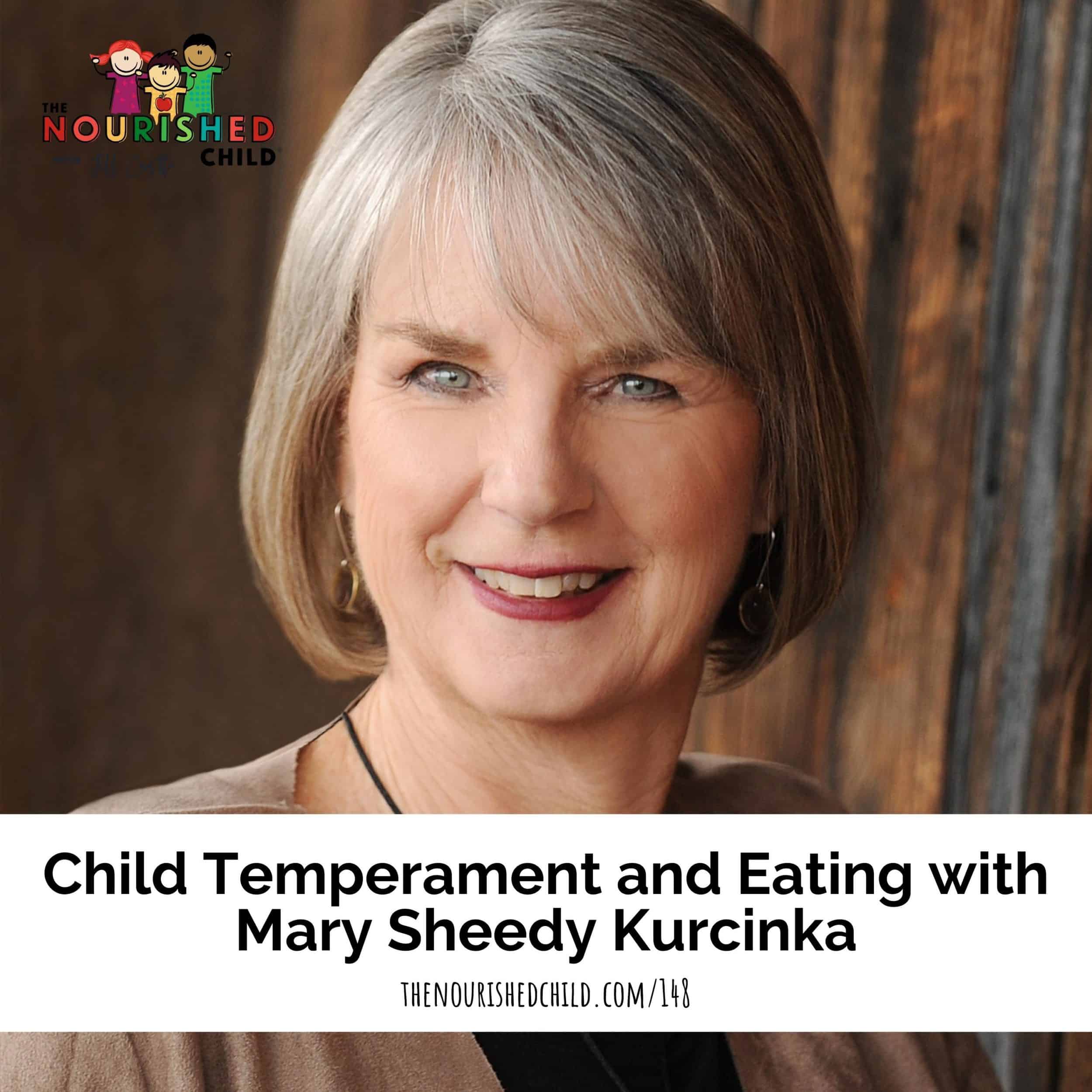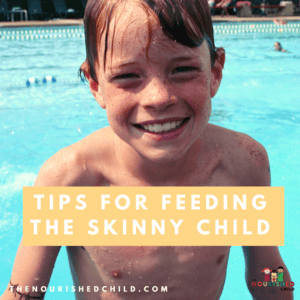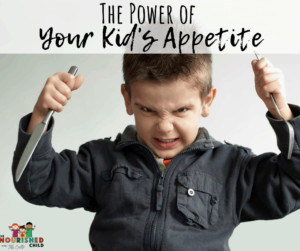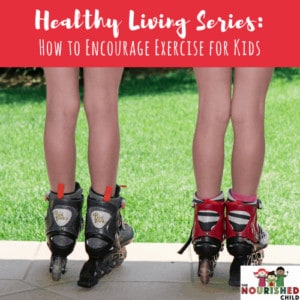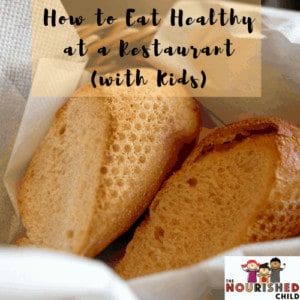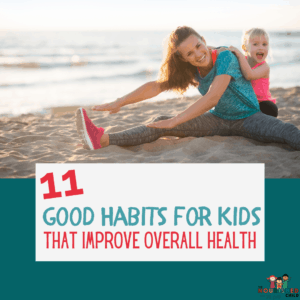Milk Allergy vs Lactose Intolerance: Everything You Need To Know
November 5, 2021
Food sensitivities are all the buzz lately, but a dairy sensitivity is very different from a milk allergy vs lactose intolerance. While food allergies only affect a small percentage of people, they can have serious consequences. It’s important to know what to look for and which foods to avoid when your child has a milk allergy.
Do you suspect something’s not quite right when your child has milk or foods that contain dairy?
The nine most common food allergens in the U.S. are milk, egg, peanut, tree nut, soy, wheat, fish, shellfish and the newly added sesame seeds. Milk is the most common allergen among children.
Approximately 2% – 3% of children younger than 3 years have a milk allergy.
It’s one of the first allergens introduced to an infant through formula or when he’s weaned at one year. Severe allergic reactions to milk can affect children as young as newborns and very young toddlers.
Let’s dive into the difference between milk allergy vs. lactose intolerance, the symptoms of an allergy, and how to spot dairy on the ingredient list of food labels.
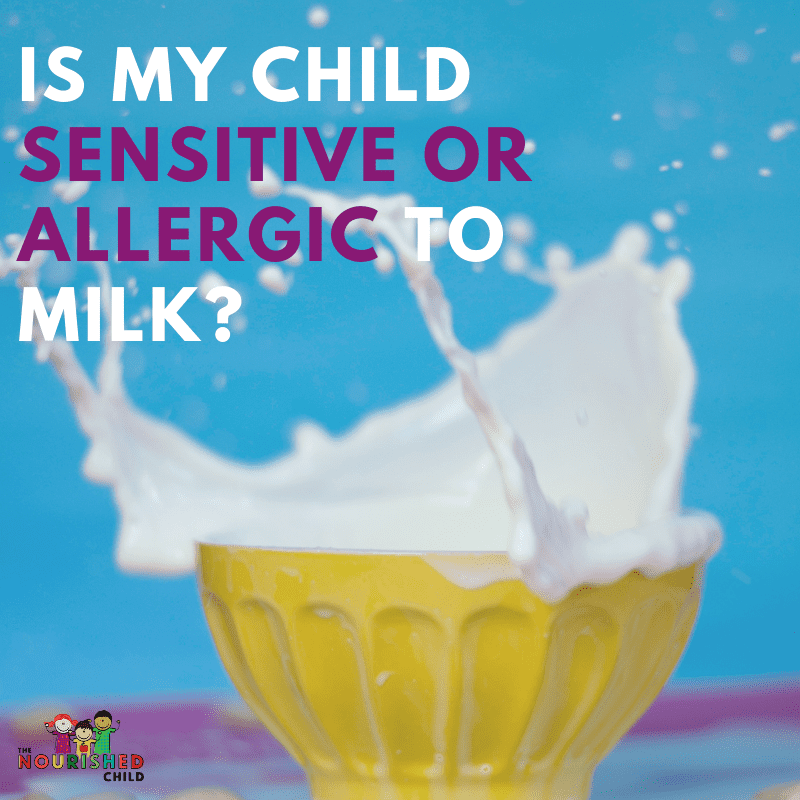
What Is Milk Allergy vs Lactose Intolerance?
Does your child have a belly ache after drinking milk?
It may not be a milk allergy.
There’s a big difference between a milk allergy vs lactose intolerance. Food allergies involve the immune system, but food intolerances do not.
Intolerance to milk is actually an intolerance to lactose, which is the sugar in milk. Lactose intolerance happens when your child’s body doesn’t make enough of the enzyme lactase, which breaks down lactose.
The symptoms of food intolerances primarily affect the gastrointestinal tract (GI).
When your child is lactose intolerant, he’ll have uncomfortable GI symptoms 30 minutes to 2 hours after having milk or other foods that contain milk. Every child’s reaction might be different, but the most common symptoms of lactose intolerance are stomach pains, nausea, bloating, gas and diarrhea.
Milk allergy is a reaction to the protein in milk.
A milk allergy happens when the body’s immune system reacts to milk as if milk was a harmful substance. Antibodies called immunoglobulin E (IgE) that are made by the immune system react with the protein in milk and cause symptoms.
What Are the Symptoms of an Allergy?
Food allergies can be life threatening.
An IgE reaction to milk affects the stomach, skin or even in the respiratory tract and may lead to anaphylactic shock, which can be life-threatening.
Here are the symptoms of an allergic reaction to milk.
- Hives
- Stomach upset
- Vomiting
- Bloody stools (more common in infants)
- Anaphylaxis – while it’s rare, this reaction affects breathing and is potentially life-threatening
[Read this article if you’re curious about Egg Allergy]
What About a Dairy Allergy Test?
An allergist can perform tests to look for IgE antibodies or a reaction on the skin. Food allergy tests may not be accurate for detecting a milk allergy.
● Skin Test
A skin test is one of the most common allergy tests. In a skin prick test, the allergist exposes your child’s skin to allergens like milk protein. If your child is allergic, he’ll develop hives on the area of the skin that was tested.
● Blood Test
A blood test measures the amount of IgE antibodies in your child’s blood after having foods containing milk. This test is also not very accurate at confirming a milk allergy.
● Food Challenges
If the skin or blood tests show your child has a milk allergy, the doctor may prescribe an oral challenge to confirm the results. During an oral challenge, your child will have a variety of foods that either contain or do not contain milk. The allergist will offer milk containing foods in increasing amounts to see if your child develops an allergic reaction. Don’t worry, food challenges are done under medical supervision and with a slow, gradual progression of exposing the milk allergen to your child.
How do you Avoid Milk?
The only way to treat a milk allergy is to avoid milk and foods with dairy and to administer epinephrine (adrenaline) for severe reactions.
So how can you tell if food contains dairy?
The FDA requires food companies to list ingredients on foods and drinks. According to the Food Allergen Labeling and Consumer Protection Act of 2004 (FALCPA), labels should clearly state if the food contains the 8 allergens (labels are not required to specify sesame until 2023, so be extra careful if your child has a sesame allergy).
Have you ever read a food label and didn’t know what most of the words mean?
You might not see “milk” or “dairy” listed. You’ll need to learn how to spot ingredients that contain dairy.
Let me show you how.
What Foods Contain Dairy?
Here’s a list of ingredients you should avoid if your child needs to follow a milk allergy diet. This list is to get you started, but be extra diligent and double check if the food’s ingredients contain dairy.
Contains Milk
- Artificial butter flavor
- Butter (including butter fat and butter oil)
- Casein and casein hydrolysates
- Caseinates (ammonium, calcium, magnesium, potassium, sodium)
- Cheese and cottage cheese
- Cream
- Custard and pudding
- Ghee
- Half and Half
- Hydrolysates (casein hydrolysate, milk protein hydrolysate, protein hydrolysate, whey hydrolysate, whey protein hydrolysate Ice cream, ice milk, sherbet)
- Lactalbumin and lactalbumin phosphate
- Lactoglobulin and lactoferrin
- Lactose and lactulose
- Milk (all kinds of milk, including chocolate milk)
- Derivative, protein, solids, malted, condensed, evaporated, or dry
- Whole, low-fat, nonfat, skim
- Goat’s milk and milk from other animals
- Nisin
- Nougat
- Recaldent
- Rennet casein
- Sour cream or sour cream solids
- Whey (delactosed, demineralized, protein concentrate)
- Yogurt
May Contain Milk
- Brown sugar flavoring
- Caramel flavoring
- Chocolate
- Flavorings (natural and artificial)
- High protein flour
- Lactose
- Luncheon meats, hot dogs, sausages
- Margarine
- Simplesse
Formula for Babies With Milk Allergy
Cow’s milk formula provides a host of nutrients like protein, fat and carbohydrates that meet all of your baby’s nutrition needs until he’s one.
If your baby is allergic to milk, he’ll need a substitute to replace those nutrients. Extensively hydrolyzed milk formulas and amino acid formulas are usually the treatment for infants with milk allergies. These formulas are made by hydrolyzing and filtering the milk proteins (whey and casein) during manufacturing.
Talk to your pediatrician about the best formula for your baby if he has a milk allergy. As your infant gets older, he’ll have more options for a substitute for cow’s milk.
Tips for Finding Milk on Food Labels
Navigating food labels can be tricky. Look out for dairy-containing ingredients on the ingredient list and keep an eye out for the following products that might be confusing when you’re trying to avoid milk.
- Lactose-free doesn’t mean dairy free – the lactose in lactose-free milks has been hydrolyzed but it still contains milk protein and other milk containing ingredients.
- Nondairy doesn’t mean dairy free – Nondairy label means the food doesn’t contain dairy foods such as milk, butter or cream. However, even nondairy foods may contain milk containing ingredients.
- Not all Kosher foods are nondairy – While a K or U on the label indicates the food is dairy free, if there’s a D next to it, then the food contains dairy.
Final Thoughts
When your child has a food allergy, you have to be constantly vigilant about what your child eats. But you worry he’ll accidentally eat something that contains dairy when you’re not around.
A helpful tip for a young child is to teach him to ask an adult “does this have milk or dairy in it?” whenever he’s handed food.
The good news is that about 20% of kids grow out of a milk allergy by 4 years and 80% of kids will most likely grow out of a milk allergy by age sixteen. In the meantime, the best treatment for a milk allergy is avoiding milk and dairy containing foods for the first few years of your child’s life.
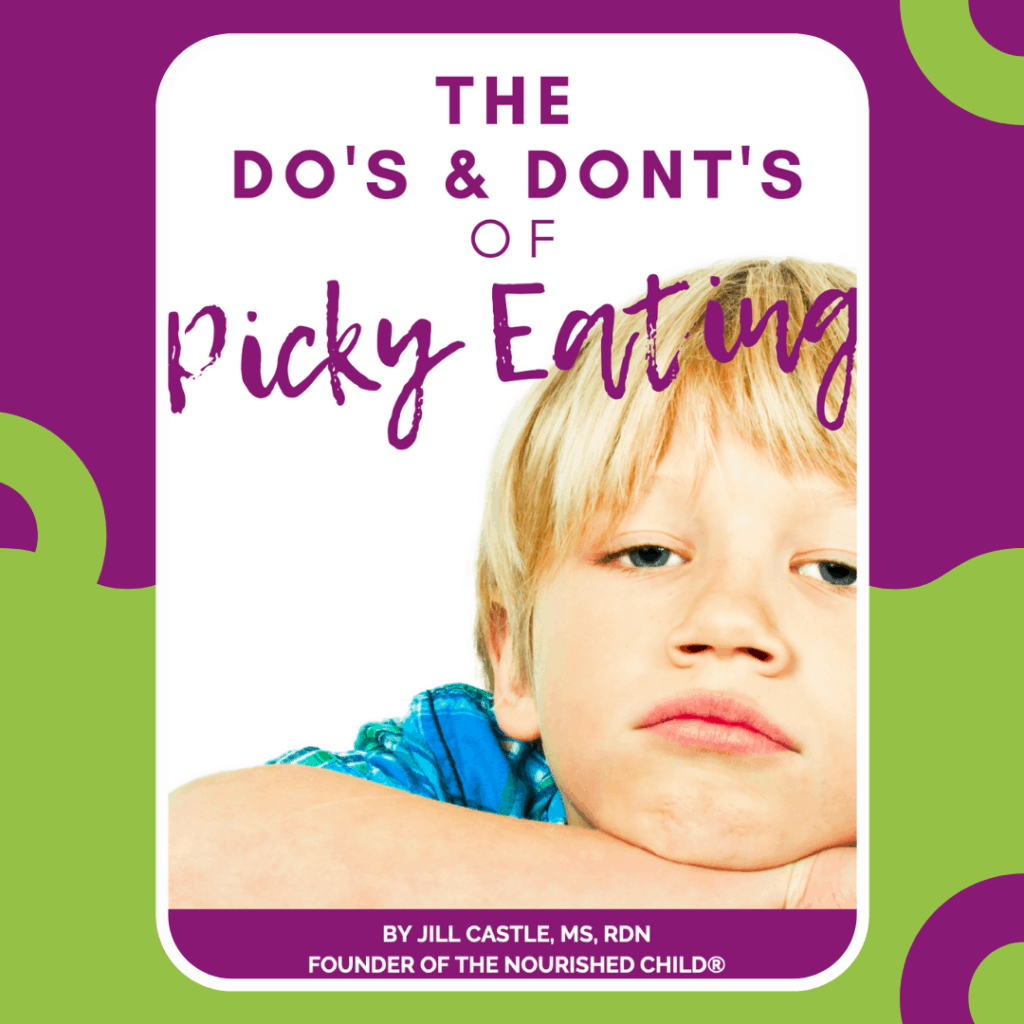
Send Me The Do’s & Dont’s of Picky Eating!
Need More Help Feeding Your Food Allergic Child?
Check out our flagship course, The Nourished Child Blueprint, so you target the nutrients and food balance your child needs while promoting a healthy food relationship.
Or, check out our shop for more resources, workshops and classes!

